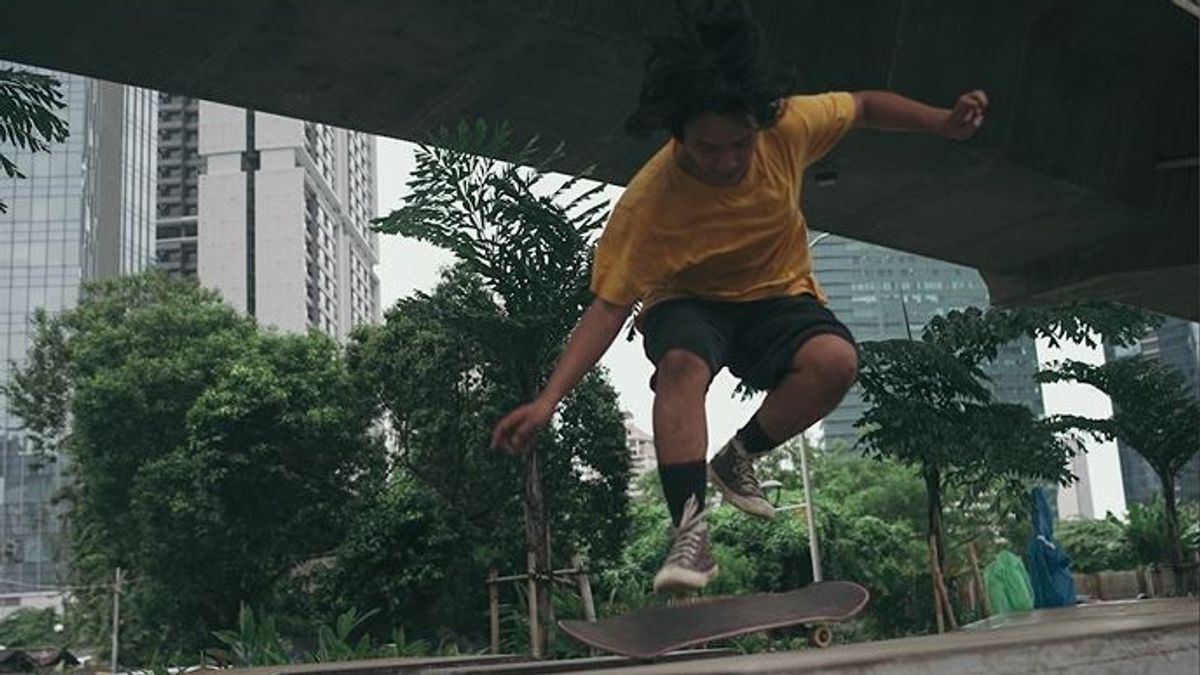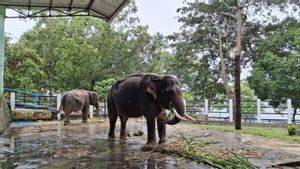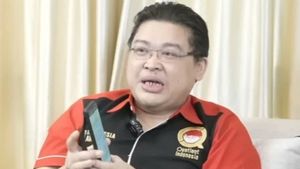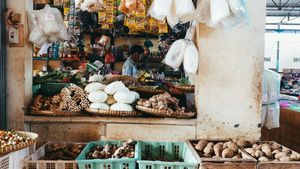JAKARTA - In 1996, Craig Huddleston opened a shop. The shop he named City Surf. Through City Surf, Huddleston transmits his energy skateboarding. Not only as a sport but also a lifestyle. That's where skateboarding began to spread as a lifestyle. Yes, even though skateboarding was in place long before Huddleston's City Surf stood.
Reporting from the journal, Jogja Skatepark by Boby Angthino skateboarding entered Indonesia around the 1980s. Some people have started to get into skateboarding, especially as a sport. Time after time, skateboard enthusiasts are getting wider. The culture grew thanks to exposure to information contained in video documentation and imported magazines. And at that time information about skateboarding only belonged to a handful.
Skateboard magazines and videos are not generic. It's not easy to get. At that time young people got video documentation and skateboard magazines from colleagues who traveled abroad. Some people are more fortunate because they can afford to buy a skateboard that is also obtained through 'jeep'. It is nothing. At that time, skateboarding was an item that was classified as difficult to find.
The mid-1990s saw the rapid spread of skateboarding culture. At that time there were many skateboard or skateshop shops, even without a legal license. City Surf stands at the heart of that cultural growth. Two years since its founding, 1998 to be precise, City Surf held 14 local scale skateboarding championships.
The championship was followed by a minimal number of participants. There were two classes that were competed at that time: street course and mini ramp. Regardless of the rapid growth, skateboarding culture at that time was still in the minority. Despite the minimum number of participants, the championship created by City Surf at that time succeeded in broadening the exposure to the sport of skateboarding. Enthusiasm grew.
Skateboard culture accelerationWith growing enthusiasm, City Surf held another championship in 1999 and 2000. The championship which was held in Pulo Mas, East Jakarta was called the City Surf Open Skateboard Competition. In 2001, City Surf expanded the activity outside Jakarta. The first series was held at the Bandung City Hall. The second series was held at the Surabaya City Hall.
The result is the same. High enthusiasm, but minimal participants. There is a fundamental reason. At that time people didn't understand how to skateboard. They also don't know where to buy skateboarding equipment. City Surf has fueled this optimism. In 2002, they held three series a year.
City Surf is committed to making skateboarding a reality. Not only as a sport but also for culture. This is important for business. The first series that year was held at the first permanent skatepark in the capital: Kemang Skatepark, March 17, 2002. City Surf Open 1st Series Skateboard Competition was contested in two categories.
The first category is the Street Course. This category is divided into four classes, namely Junior - under 12 years old, Beginner, Intermediate and Amateur. The second category is Bowls. This category is only contested in one class, namely the Bowl Open. Bowl Open is a relatively new skate course in Indonesia. Kemang Skatepark was the first to make it.
Bowl Open is in the form of a bowl whose circle can be completely round, oval or other creation. Outside the United States (US), this course is better known as "Pool" because the skaters there often play in swimming pools that are no longer used. Time after time, skateboarding culture is expanding.
MEMORY OtherThe English, Chinese, Japanese, Arabic, and French versions are automatically generated by the AI. So there may still be inaccuracies in translating, please always see Indonesian as our main language. (system supported by DigitalSiber.id)









